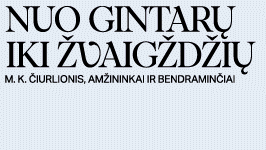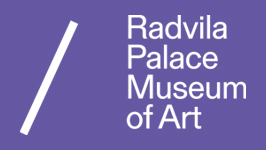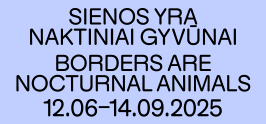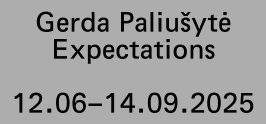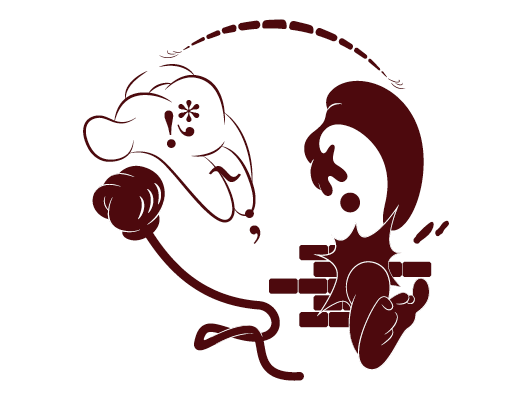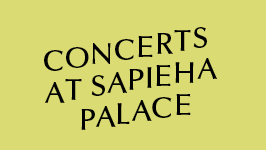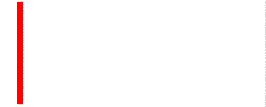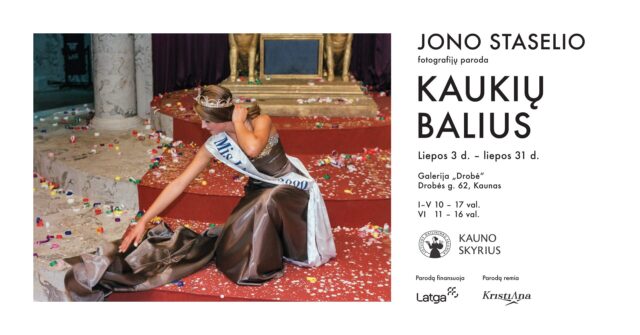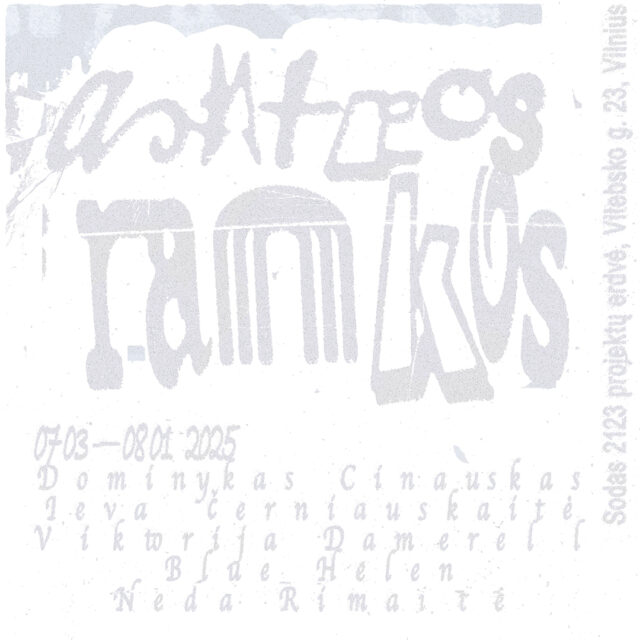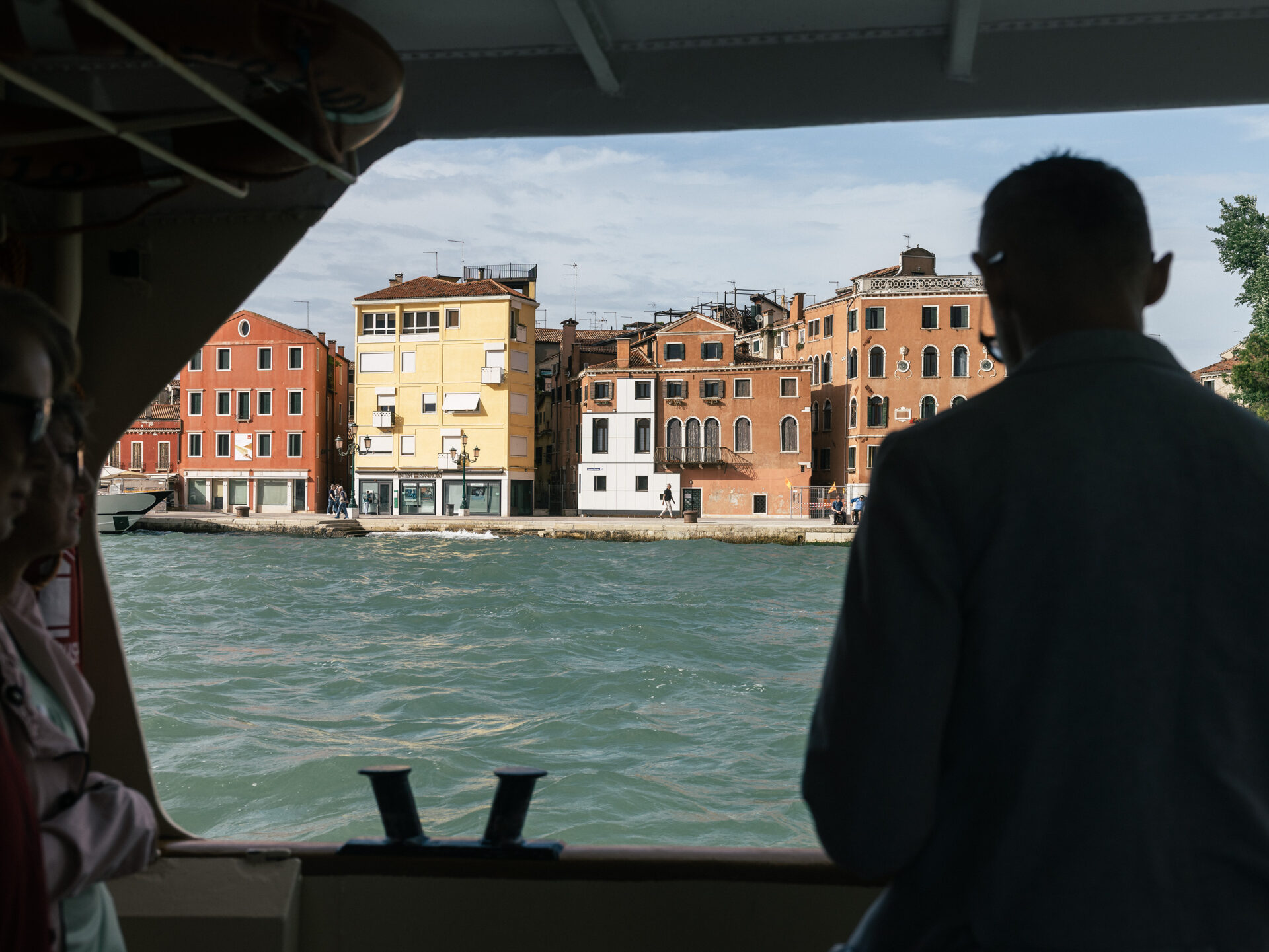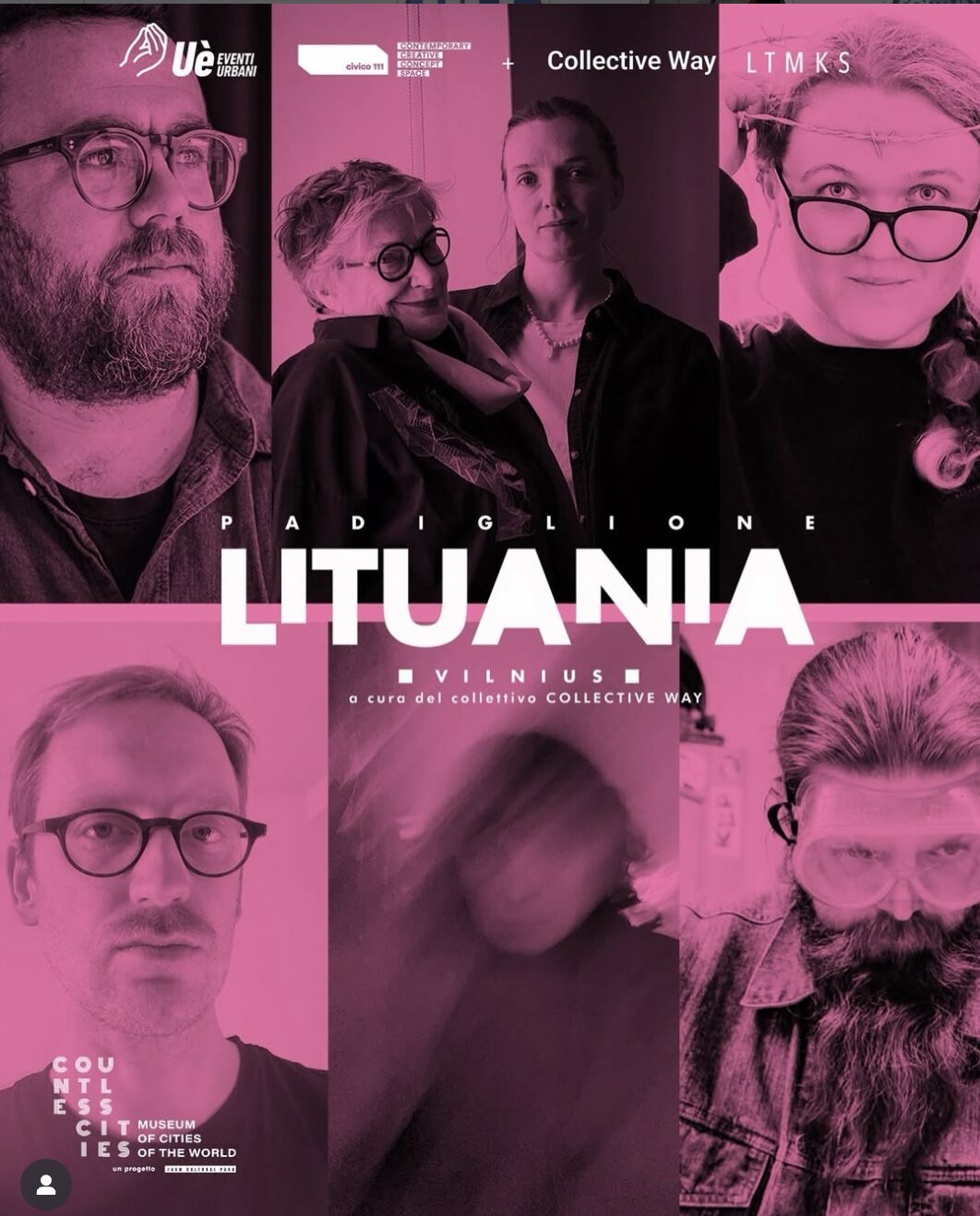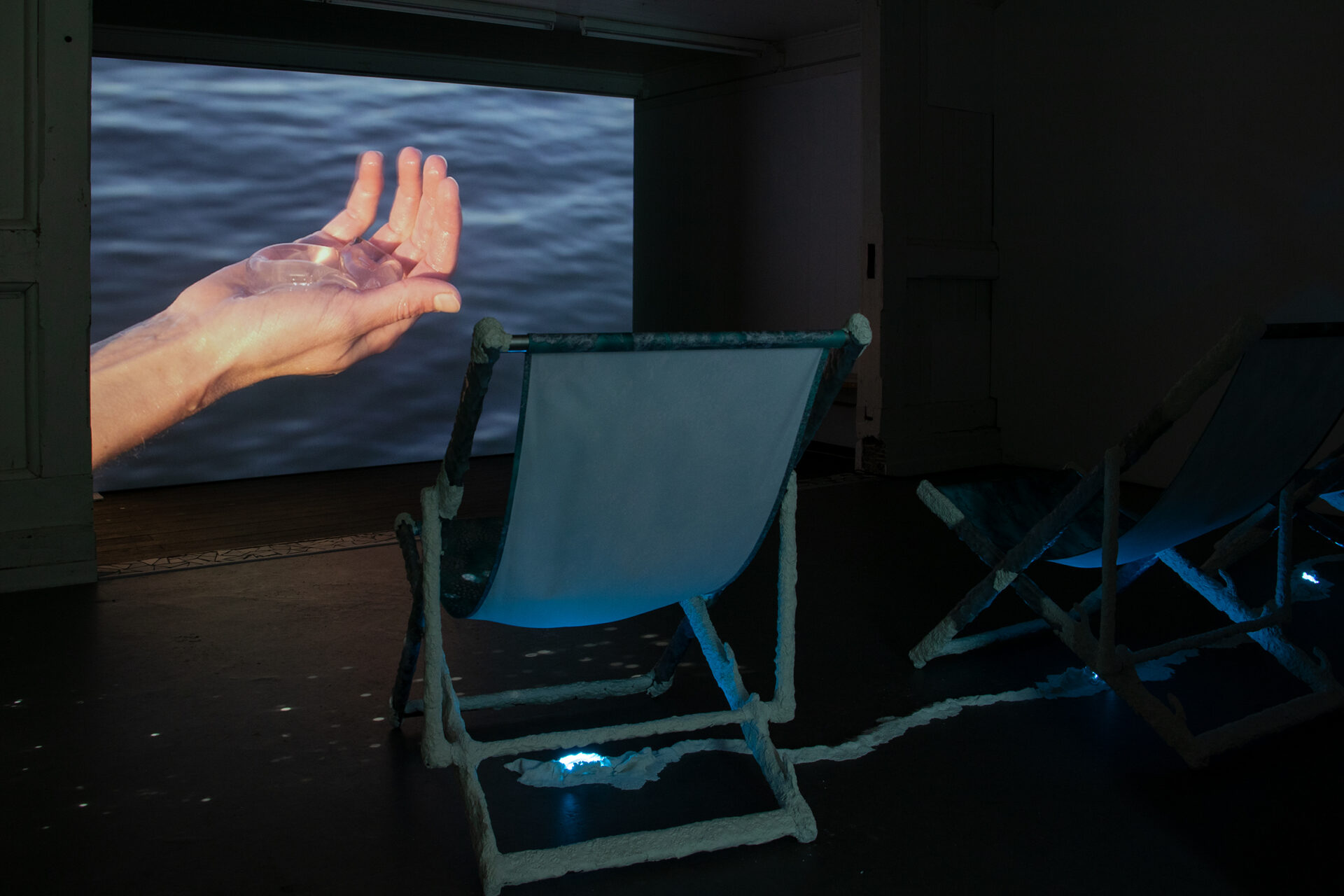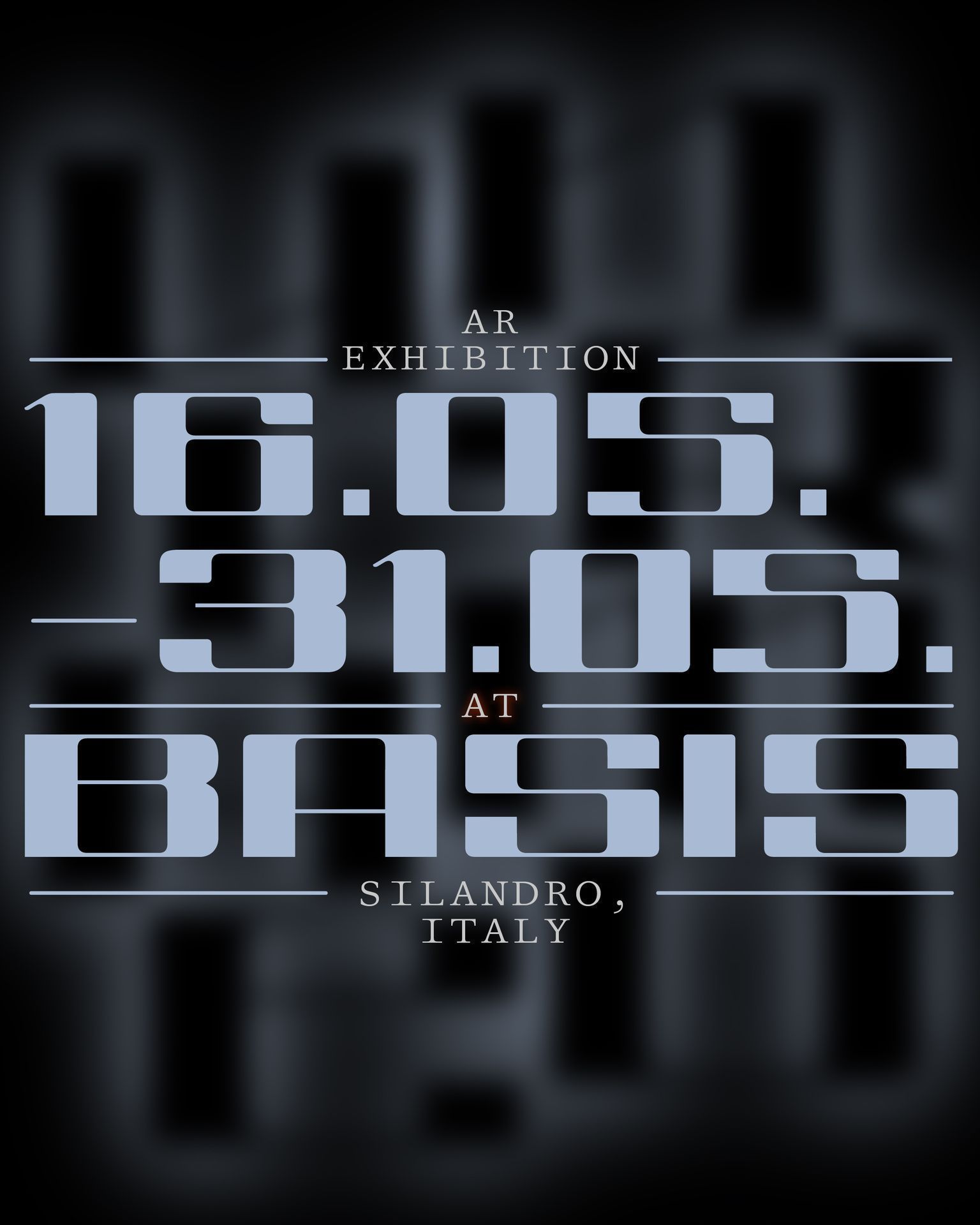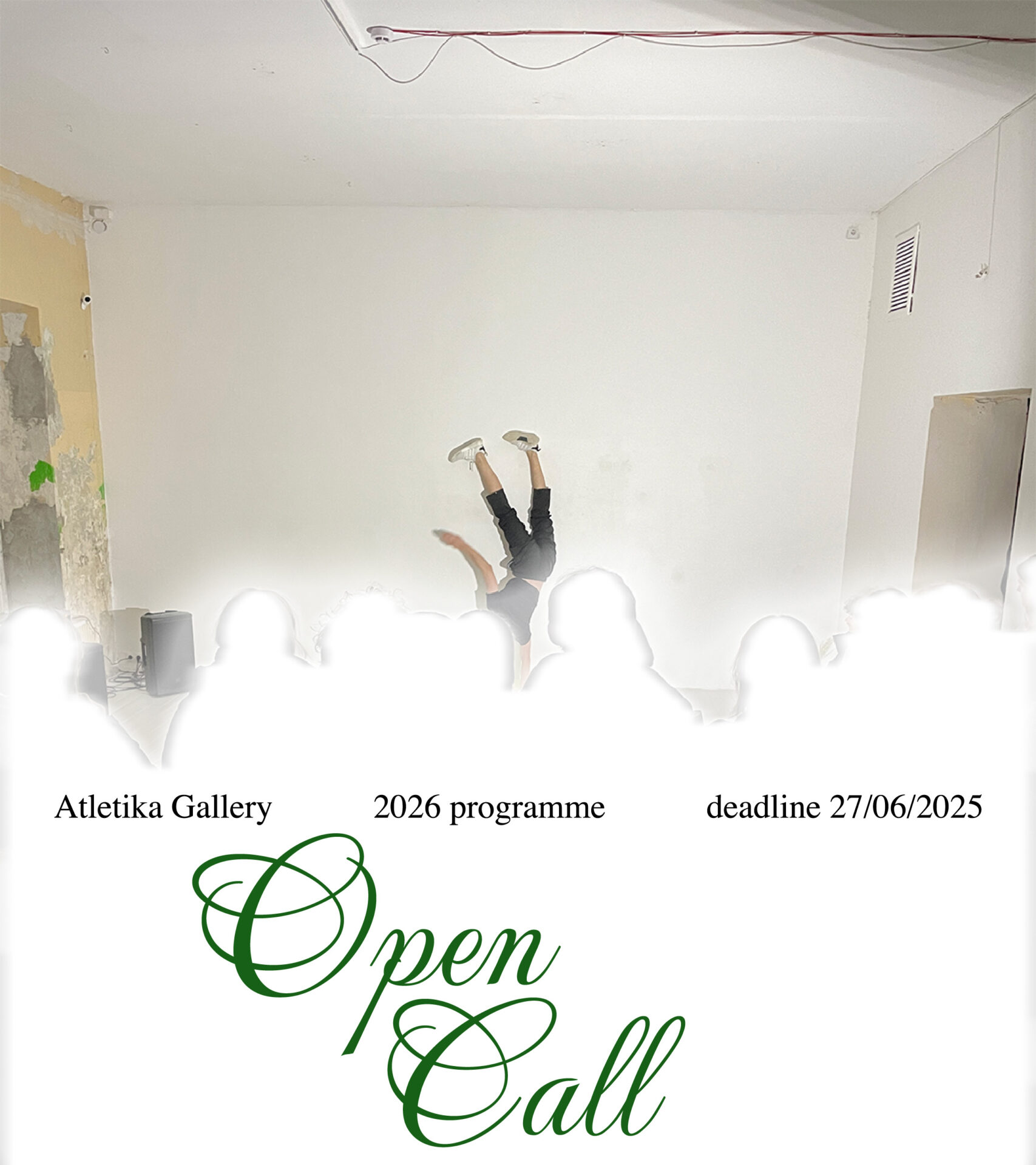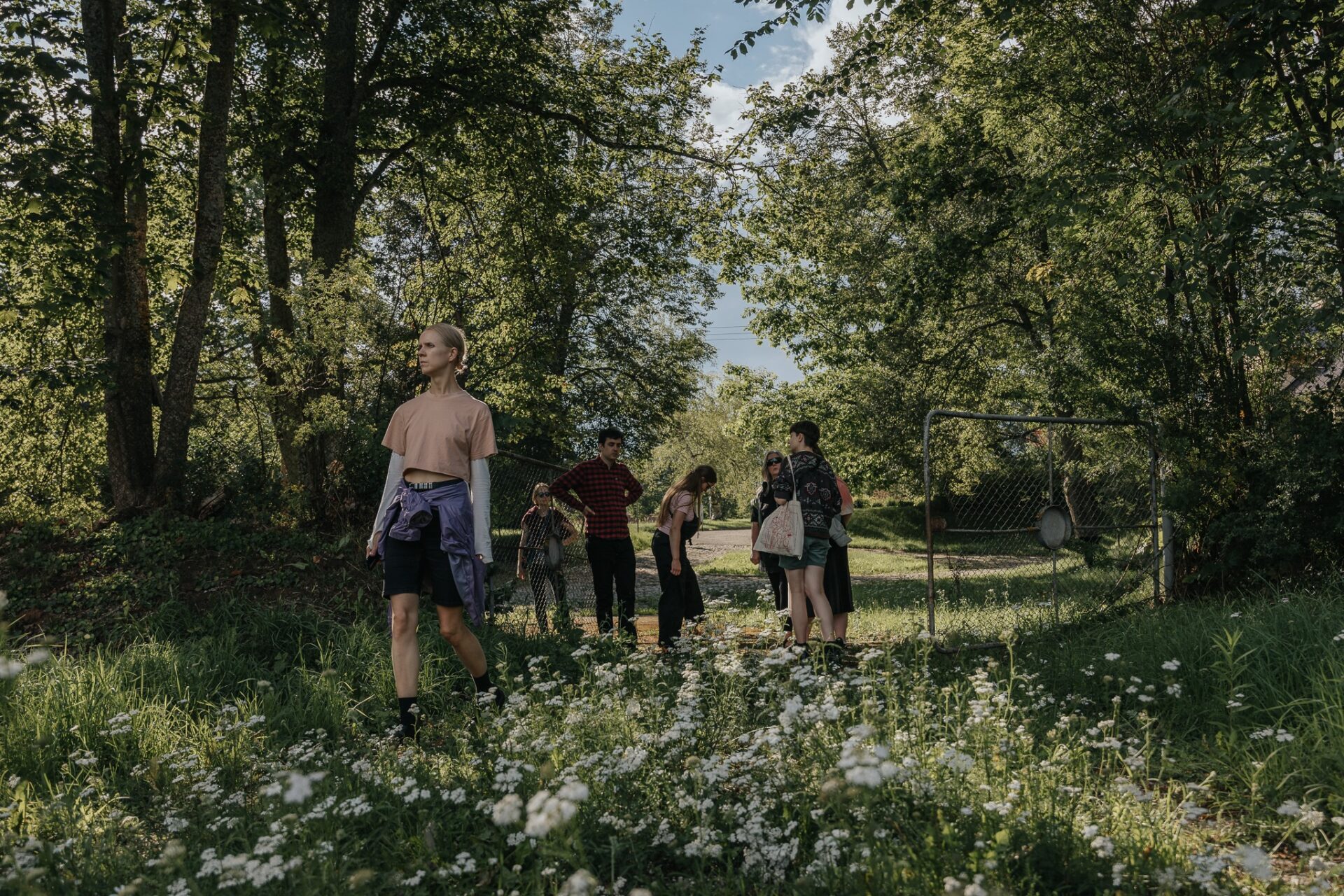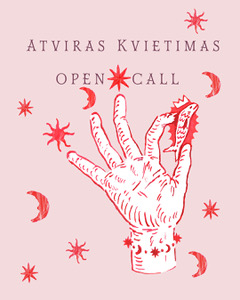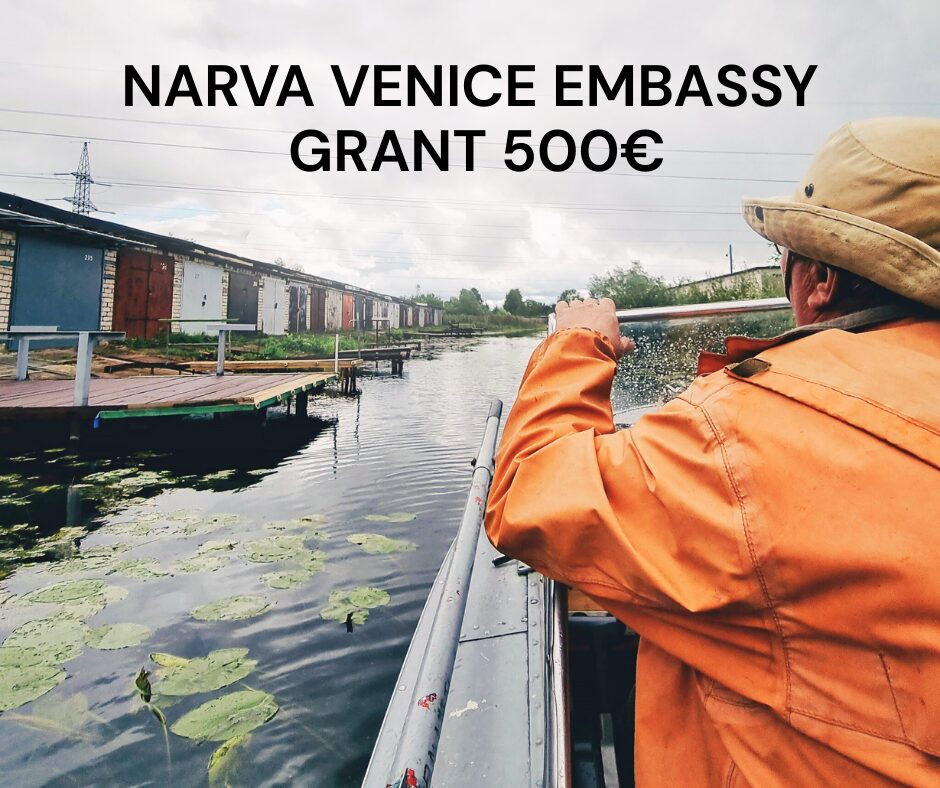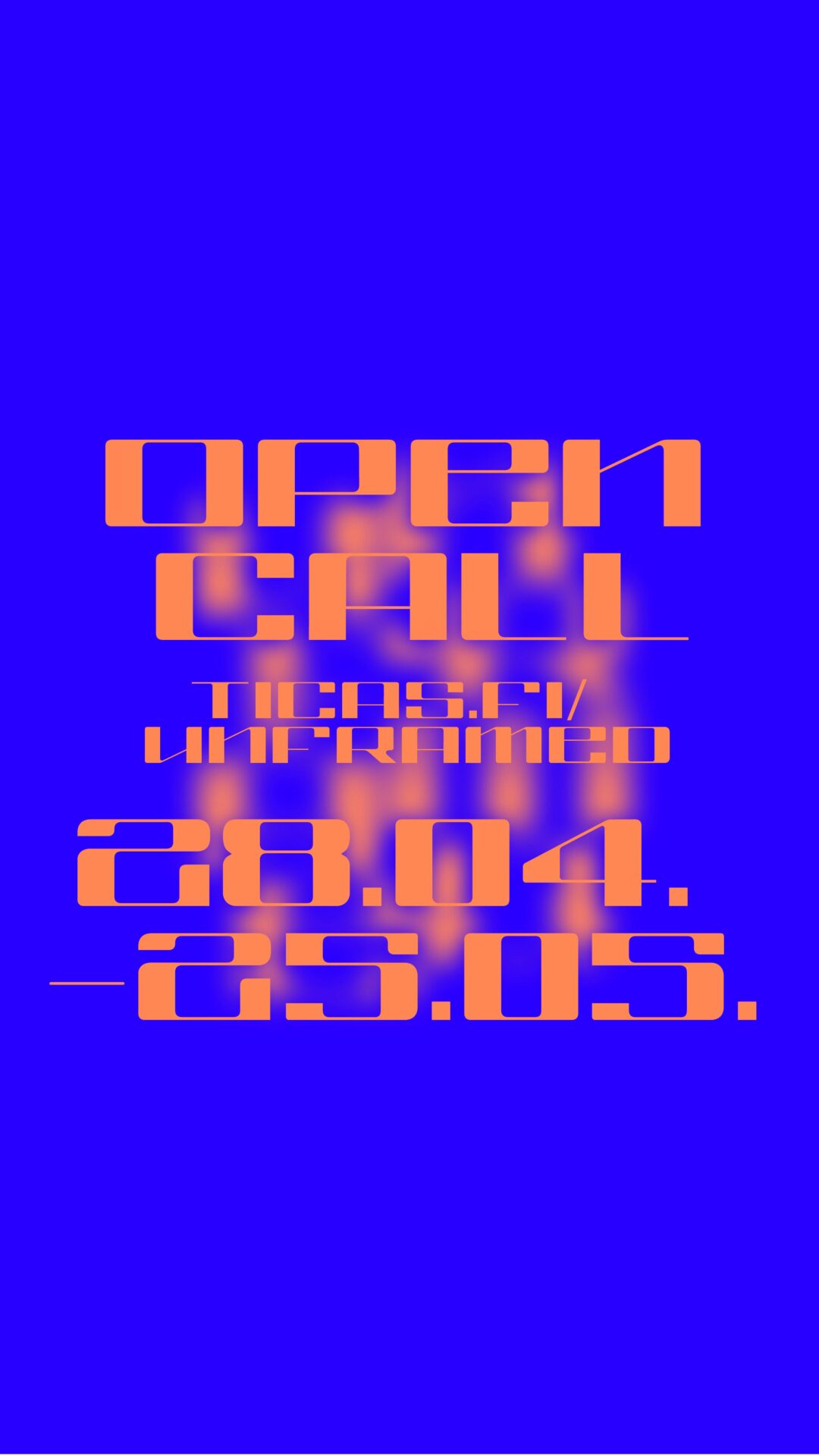On the cliffs of a remote island in the North Atlantic Ocean, a magnificent dolerite dyke intrudes into an older granite rock, which formed when the Iapetus Ocean closed around 400 million years ago. As the continents collided, they created the supercontinent Pangea. About 340 million years later, the continents split again, giving rise to the Atlantic Ocean. This process took a few hundred million years, during which intense heat built up beneath the continental mantle. One of the largest volcanoes Earth might have ever seen erupted, tearing the land apart. Magma burst through the faults, slowly flowing and covering the pieces of the continent, as these started to drift apart. Molten rock cooled and formed dykes.
Dykes often appear where major geological events have taken place; they are the veins of a volcano – matter frozen in time. Dyke is also a slang term for lesbians.
Words can take you to unexpected places.
When I was travelling along the coast of Ireland in search of geological dykes, my camera fell into the water, leaving me with a crappy camcorder and an analogue photo camera for the rest of the trip. In the video faults and folds, most of the images are photographs altered through digital manipulation or animated using an AI video generator. The image becomes molten –it loses its “solid” documentary function and begins to flow, mutate, and fold. Rock formations and landscape are in constant transformation and flux.
The abstracted photographs on the wall offer a microscopic glimpse of the mica mineral – I unexpectedly discovered them in my grandfather’s archive shortly after returning from Ireland. While travelling there, I learned about the Mica Scandal – also known as the Irish Defective Block Crisis – where newly built houses began to crumble due to excessive use of mica in construction binders. “Mica is a virus!” read the signs on the roadsides. Mica is a naturally fragile mineral that easily split into thin, elastic sheets. However, in the right context, mica is extremely valuable – often used as an insulator due to its heat resistance, or in cosmetics for its shimmery effect.
Images of every nature scrape against each other like items in a pocket. Rocks become enfolded within the fabric of jeans. The exhibition title stonewashing borrows from the term describing a method used to accelerate the fading and softening of denim. Originally, volcanic pumice stones were used to abrade the fabric, giving it a worn-in look and feel by scraping against the material. This deliberately created look results in heightened resistance to scratches and signs of wear and tear.
“Paradoxically, even though denim is a material that lasts longer than most other fabrics, we spend considerable time ripping the fabric apart for the right distressed look: ripped and fraying details that speak of challenges and adventures we only experienced in our imagination. Dreams are still draped in denim”¹
Worn-out, frayed jeans seem to offer a clear, tangible connection to physical reality.
Sturdy as a rock.
Desire is never purely human – it travels through material, language, history, and affects. It is inscribed in the matter of the earth, as well as in bodies and images.
At one point in the video, Pauline Oliveros’s A Love Song can be heard. An openly lesbian composer and pioneering figure in experimental music, Oliveros’s presence in the work serves as both a homage and a subtle link to dykes beyond the geological – the word echoing across different landscapes.
continents keep drifting away and toward each other
a few centimeters every year
Ieva Kotryna Ski (b. 1994) is an artist currently based in Paris. She holds a BA in Film and an MA from École Universitaire de Recherche ArTeC (2022). Her artistic practice began with the aesthetics of phone video, exploring technological glitches and the documentation of fragmented everyday life. She recently presented her work in the group exhibition Les Ambassadeurs (2024) at Fondation Fiminco, France; the solo exhibition Faults and Folds (2024) at CCA Derry~Londonderry, Northern Ireland; and the in-situ installation Thing-finding (2024) in the Curonian Spit, Lithuania, upon the invitation of Nida Art Colony.
Her work has also been shown in group exhibitions at Ars Electronica, Linz, Austria (2022), Cité des Arts, Paris (2022), and the Contemporary Art Centre (CAC), Vilnius (2021). In 2021, her video installation Sinkhole received the Audience Award at the exhibition JCDecaux Award: Spaces, organised by CAC Vilnius.
Exhibition Architect: Ona Juciūtė
Exhibition installation team: Rytis Urbanskas, Gediminas G. Akstinas
Designer: Dalia Dūdėnaitė
Translator and Language Editor: Alexandra Bondarev
Visitors are welcome to bring their pets – especially assistance dogs.
The artist would like to thank Ieva Kabašinskaitė, Vytautas Narbutas (senior), Vytautas Narbutas (junior), Elena Narbutaitė, Rimantas Skirmantas and her entire family, Mark Cooper, CCA Derry~Londonderry, Marcia Sloane, Viltė Bražiūnaitė, Marianna Maruyama, Will Peck and Editorial team.
The exhibition is financed by the Lithuanian Council for Culture and Vilnius City Municipality.
Editorial opening hours: Wed–Fri 3–7pm / Sat 12–4pm
www.editorial.lt
¹ Otto von Busch, “Between The Iris And The Ass”, MacGuffin, No.7 (2019)
Exhibition title: stonewashing
Artist: Ieva Kotryna Ski
Dates: 2025.04.30 – 06.28
Venue: Editorial (Latako str. 3, Vilnius)
Photos: Editorial
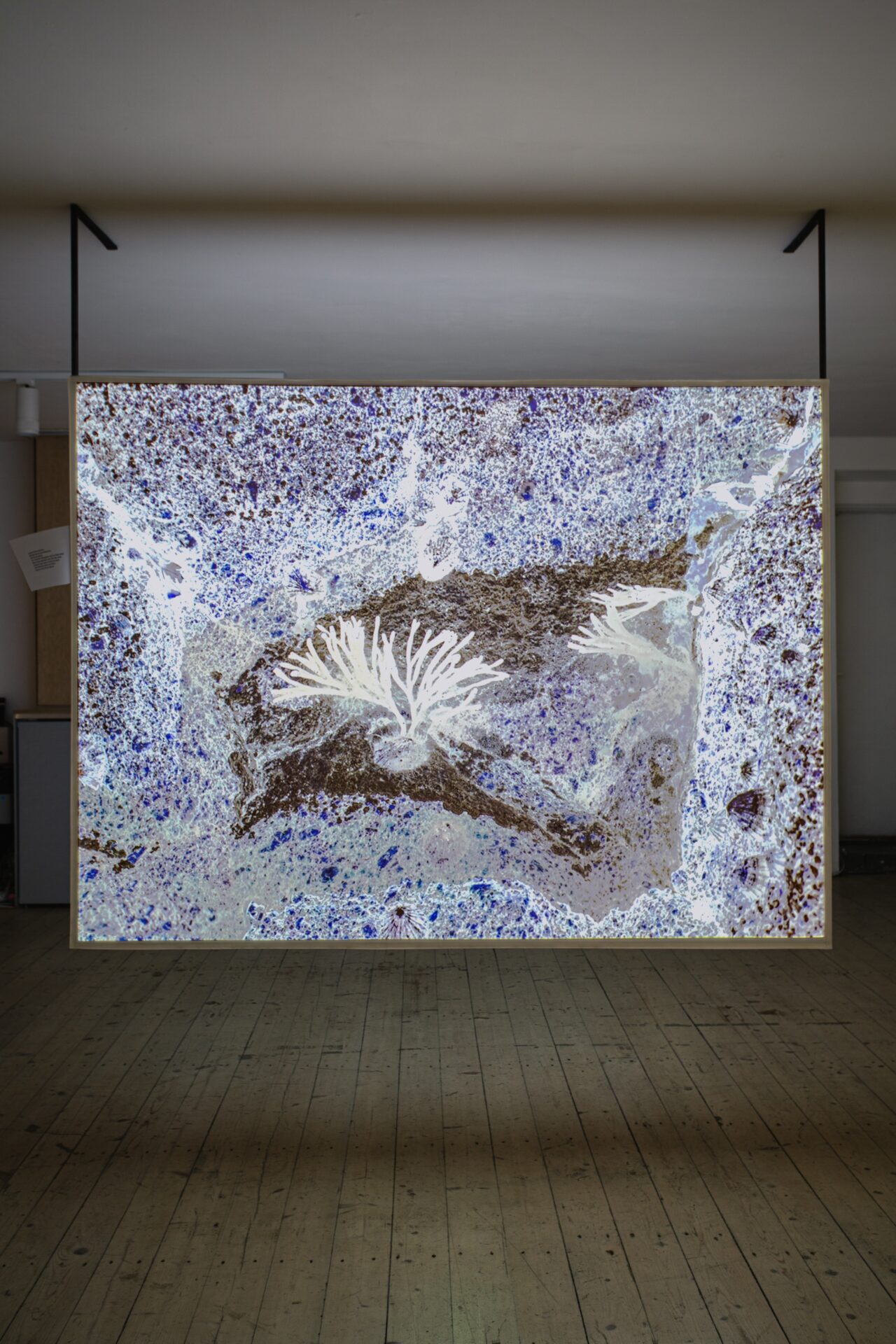
Ieva Kotryna Ski, stonewashing, 2025. Exhibition view at Editorial, Vilnius
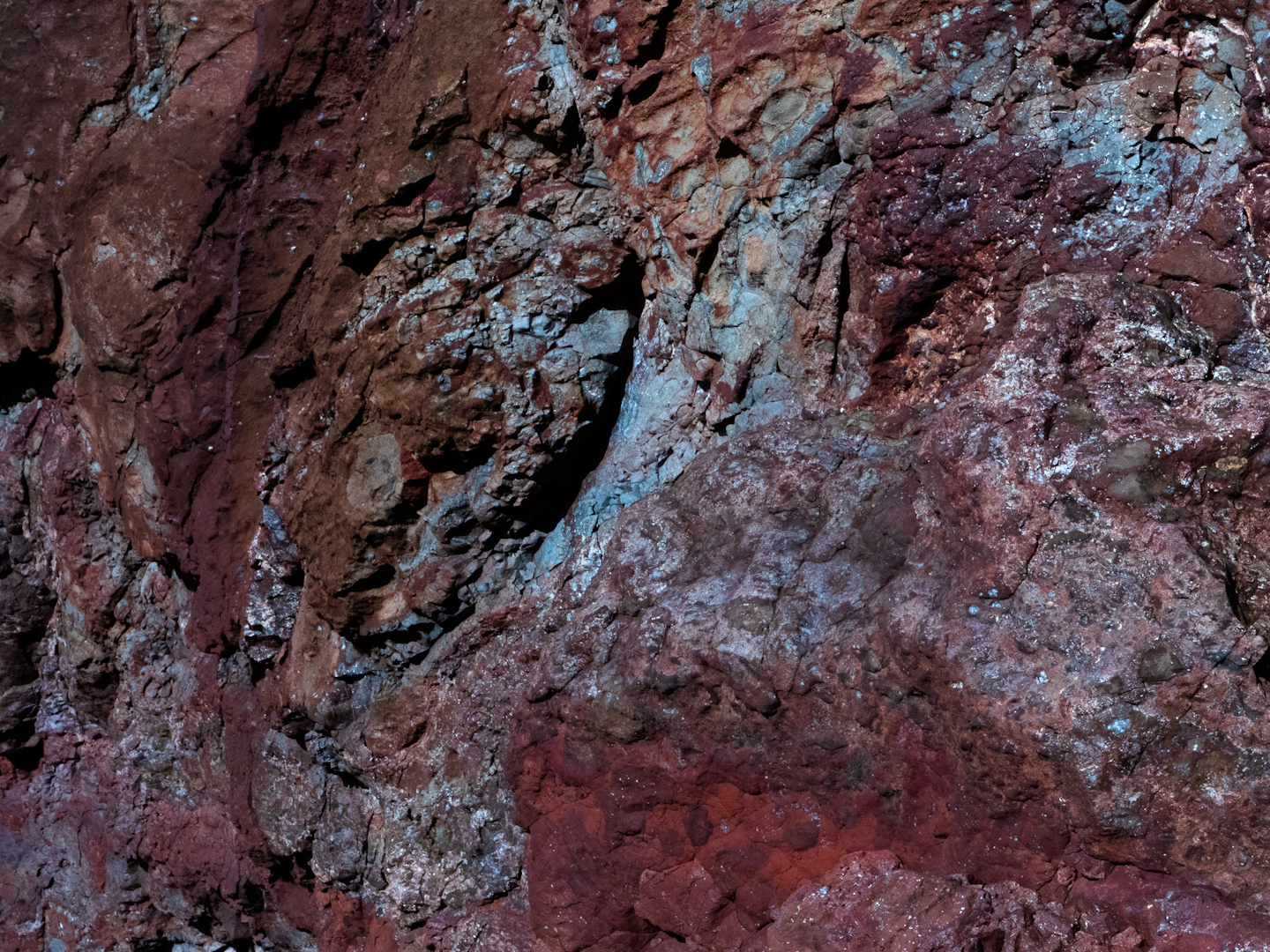
Ieva Kotryna Ski, faults and folds, 2025. 09:12 min., HD video loop (video still)

3 microscopic photographs of mica from the archive of geologist Vytautas Narbutas, 12×9 cm, 12×9 cm, 11,5×9 cm

3 microscopic photographs of mica from the archive of geologist Vytautas Narbutas, 12×9 cm, 12×9 cm, 11,5×9 cm
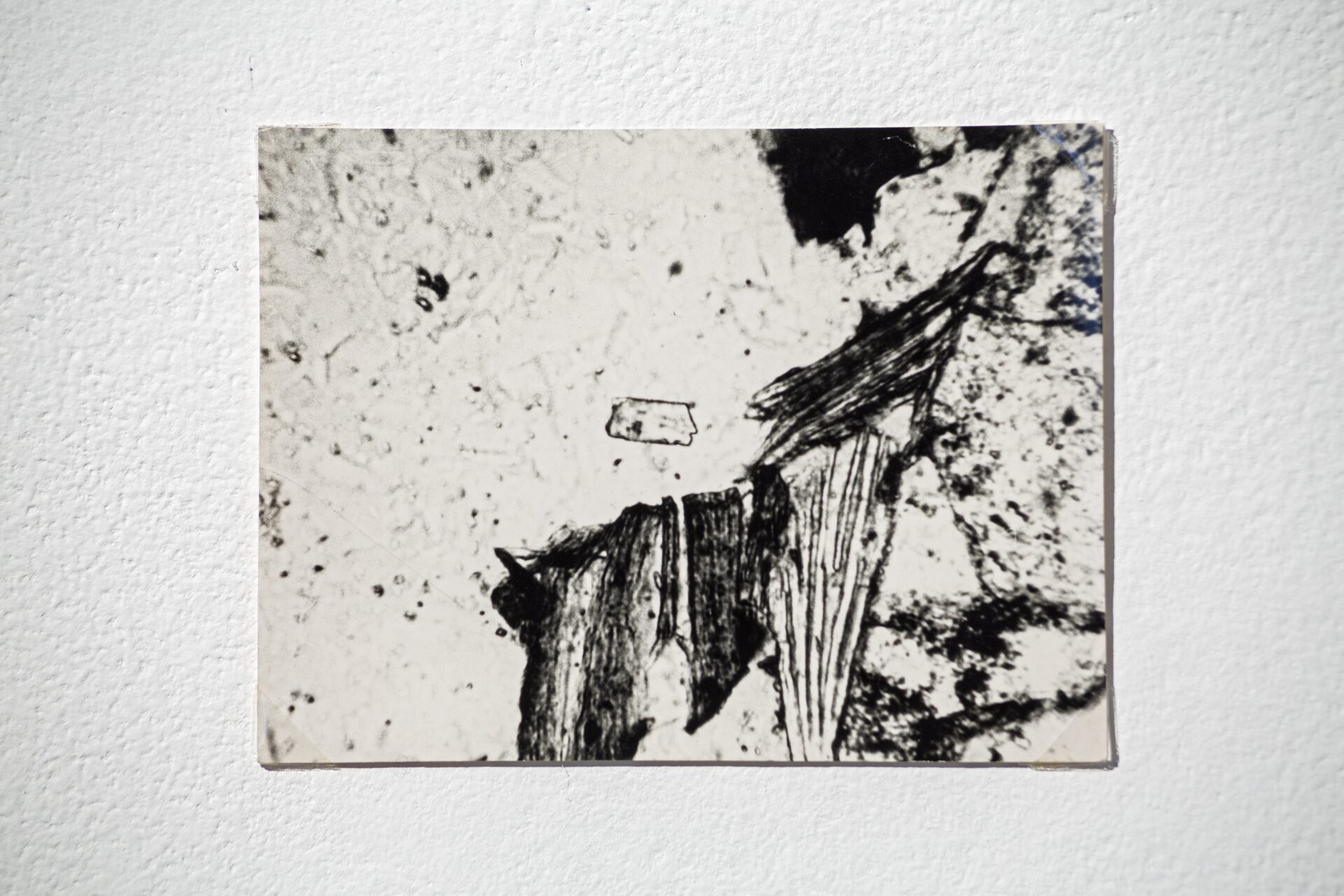
3 microscopic photographs of mica from the archive of geologist Vytautas Narbutas, 12×9 cm, 12×9 cm, 11,5×9 cm
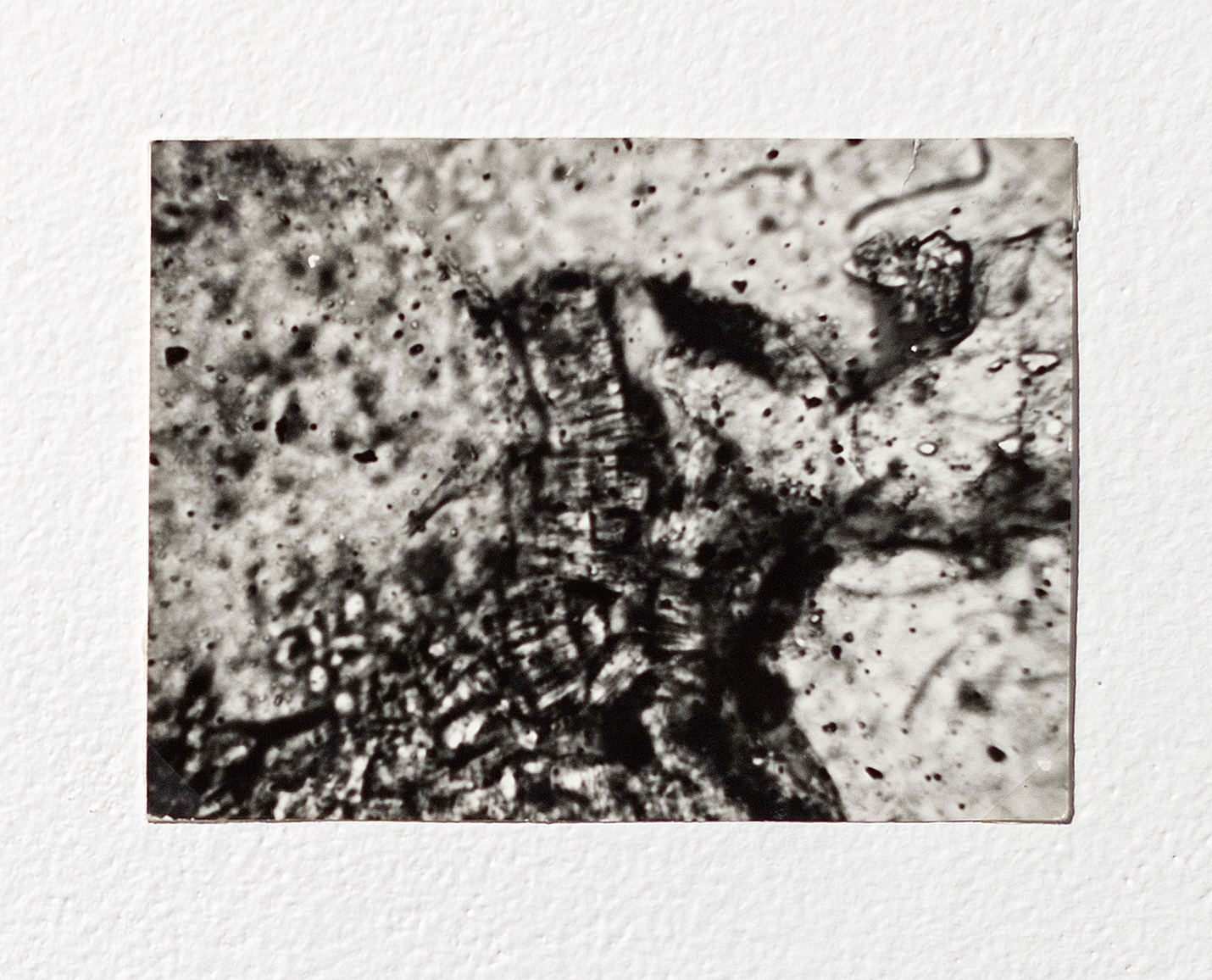
3 microscopic photographs of mica from the archive of geologist Vytautas Narbutas, 12×9 cm, 12×9 cm, 11,5×9 cm

Ieva Kotryna Ski, stonewashing, 2025. Exhibition view at Editorial, Vilnius
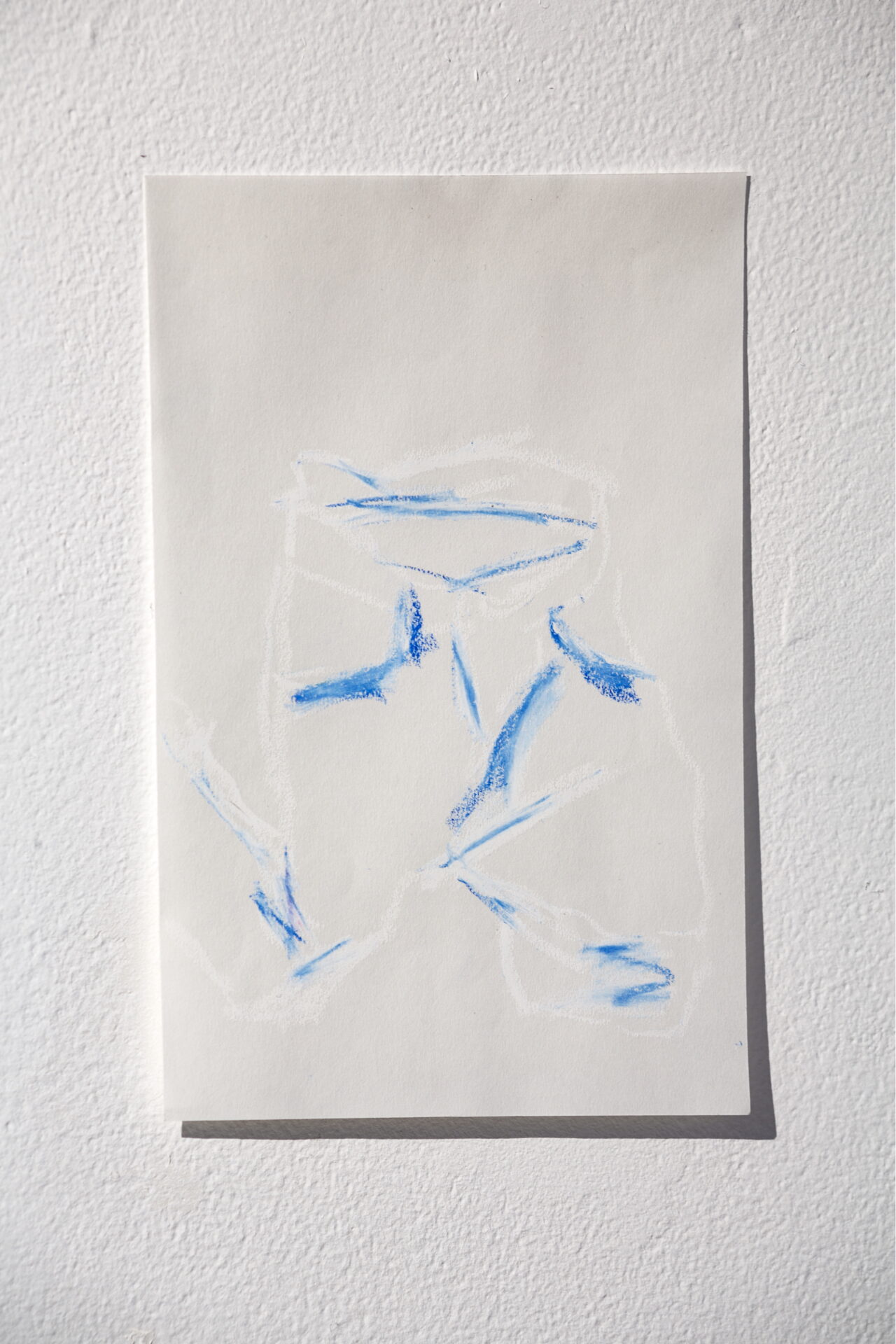
Ieva Kotryna Ski, Jeans drawing, 2024. Pastel on paper, 15×21 cm

Ieva Kotryna Ski, faults and folds, 2025. 09:12 min., HD video loop (video still)
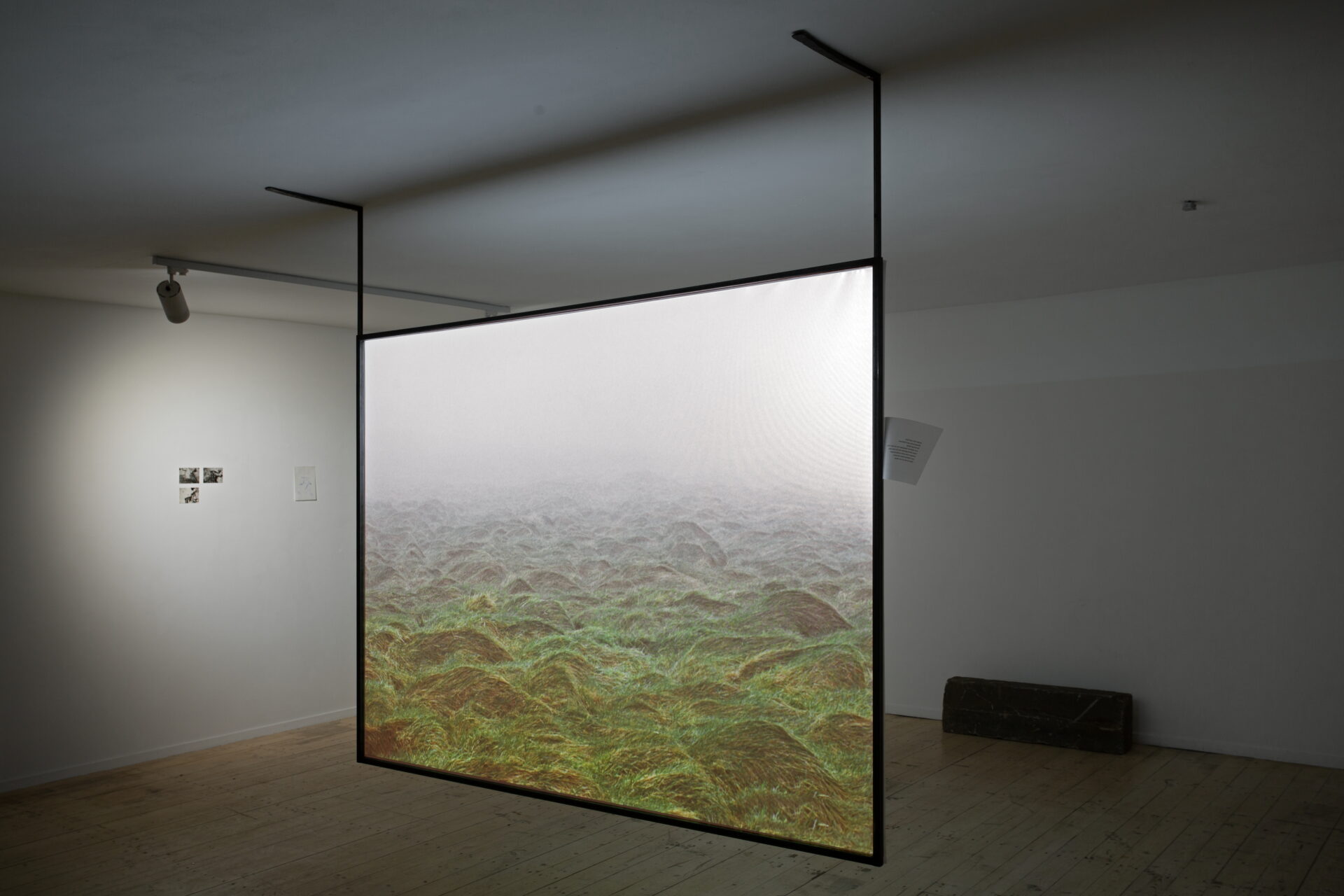
Ieva Kotryna Ski, stonewashing, 2025. Exhibition view at Editorial, Vilnius

Ieva Kotryna Ski, stonewashing, 2025. Exhibition view at Editorial, Vilnius
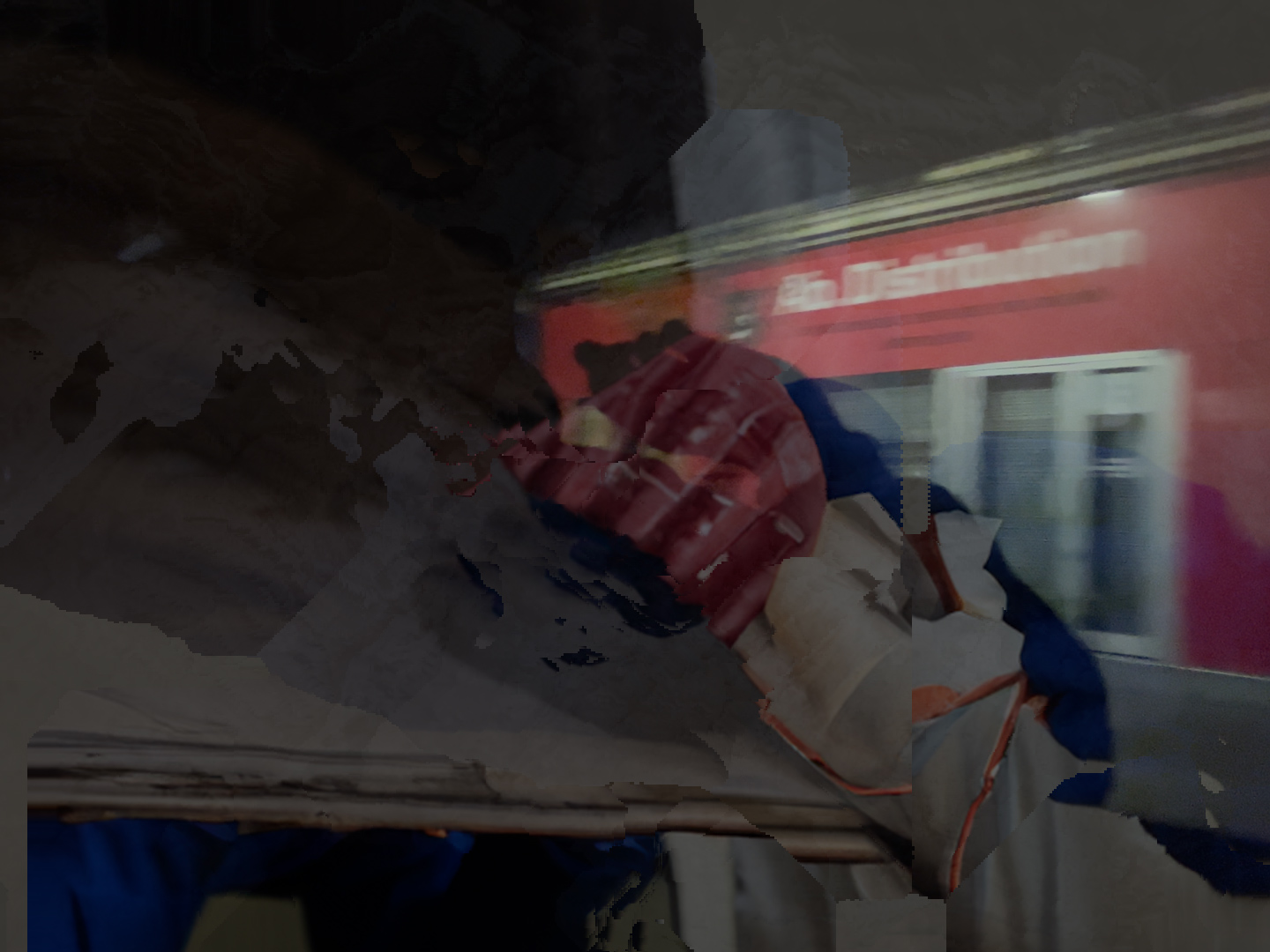
Ieva Kotryna Ski, faults and folds, 2025. 09:12 min., HD video loop (video still)
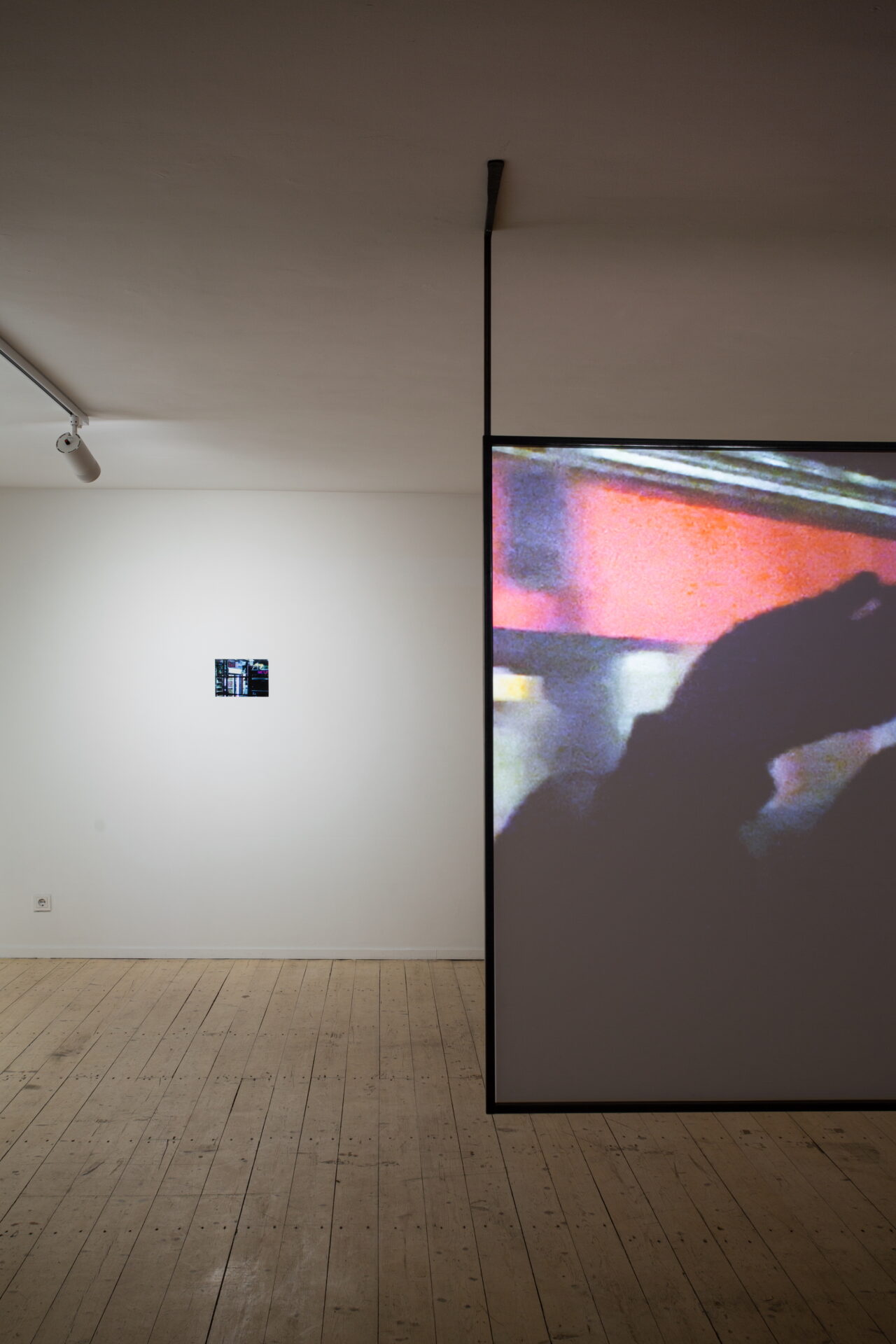
Ieva Kotryna Ski, stonewashing, 2025. Exhibition view at Editorial, Vilnius

Ieva Kotryna Ski, echafaudage, Paris 05.02.2023, 2024. Digital print on plastic, 28×21 cm

Ieva Kotryna Ski, Untitled, 2025. Text on paper
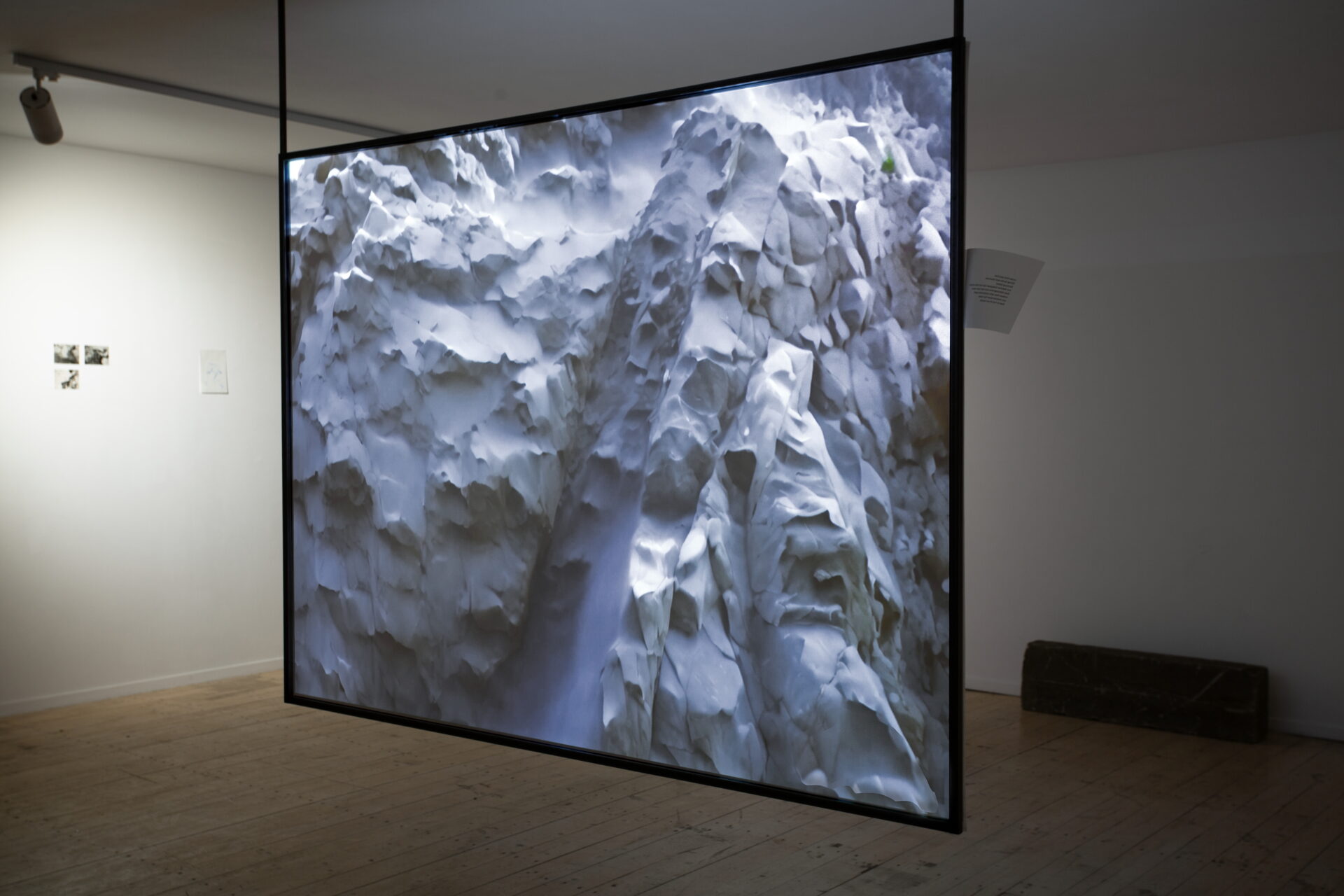
Ieva Kotryna Ski, stonewashing, 2025. Exhibition view at Editorial, Vilnius
